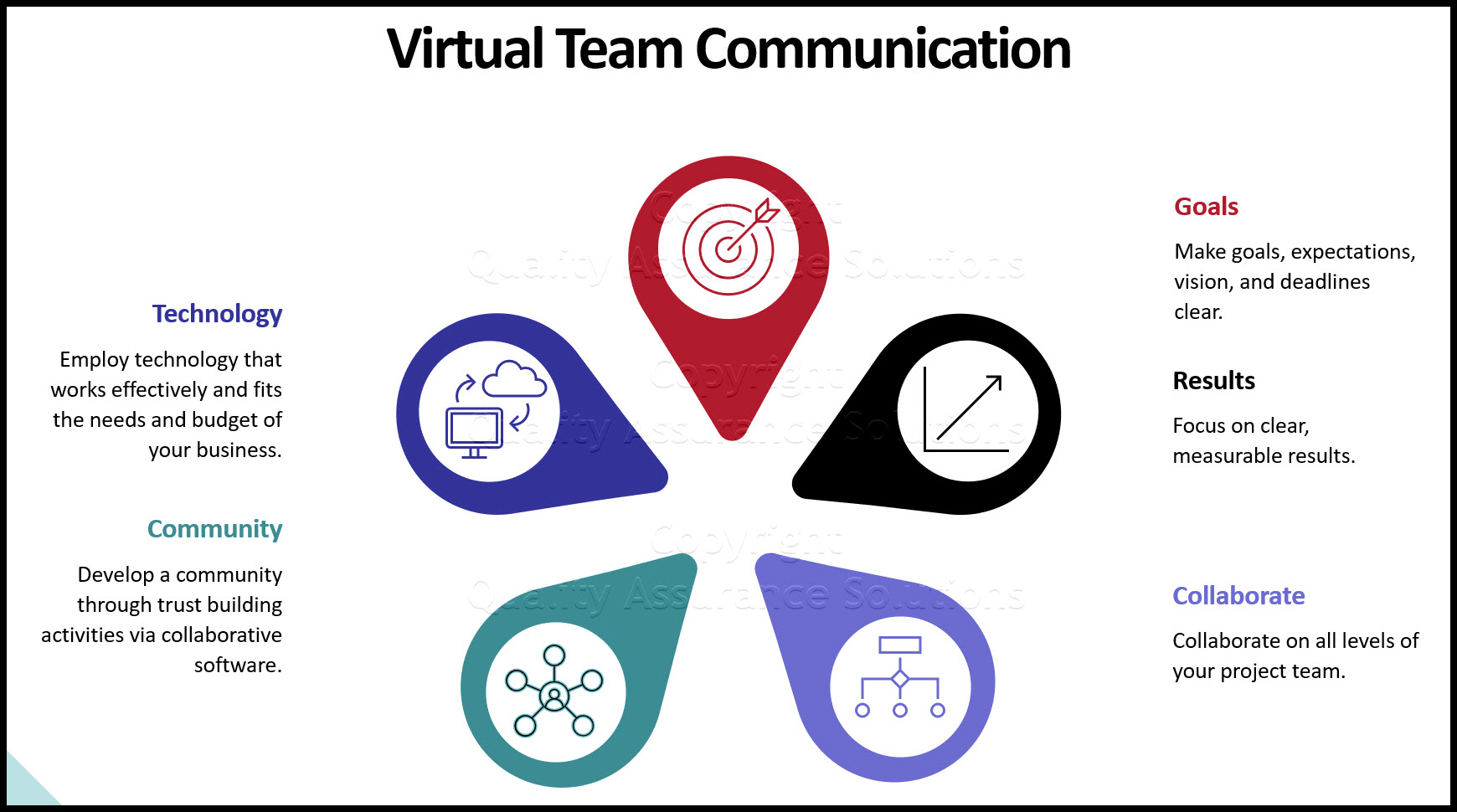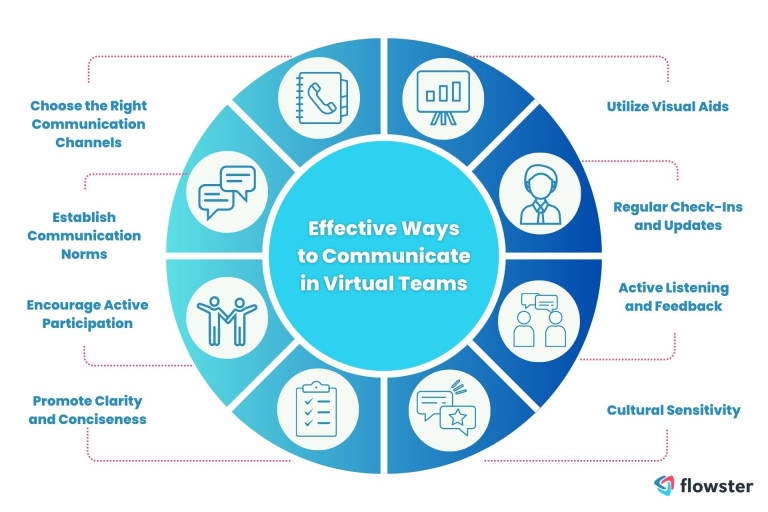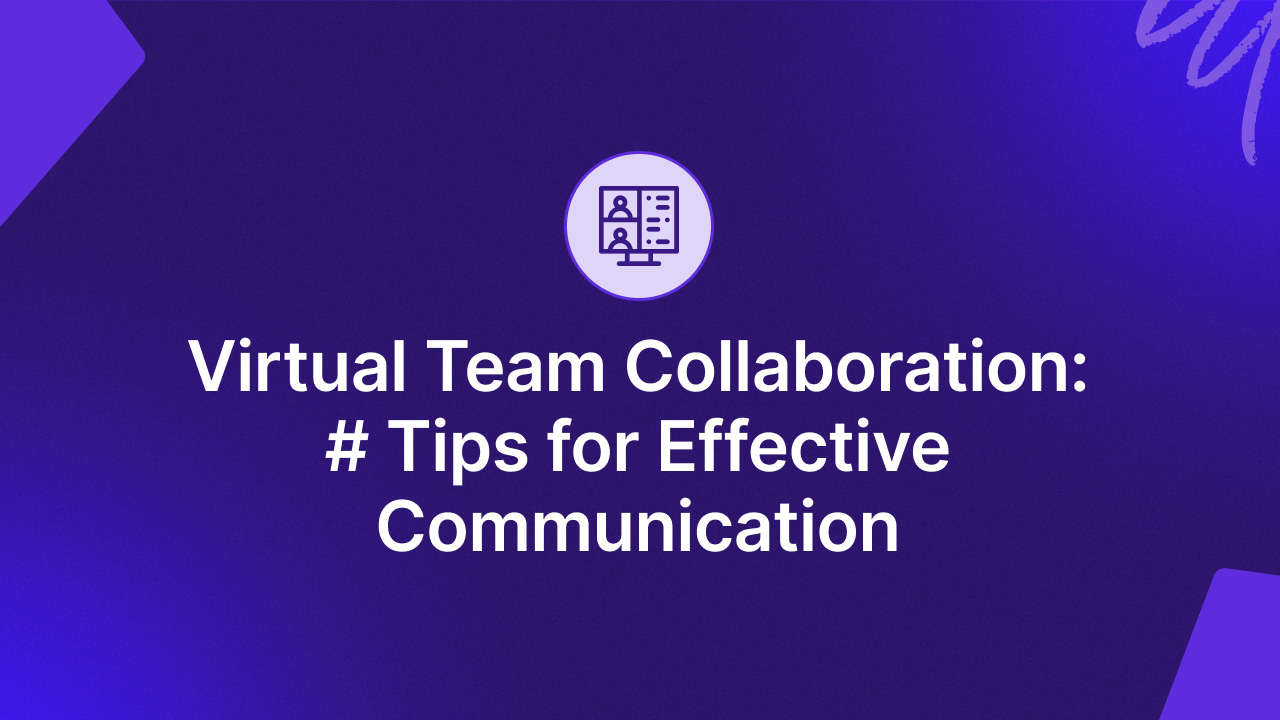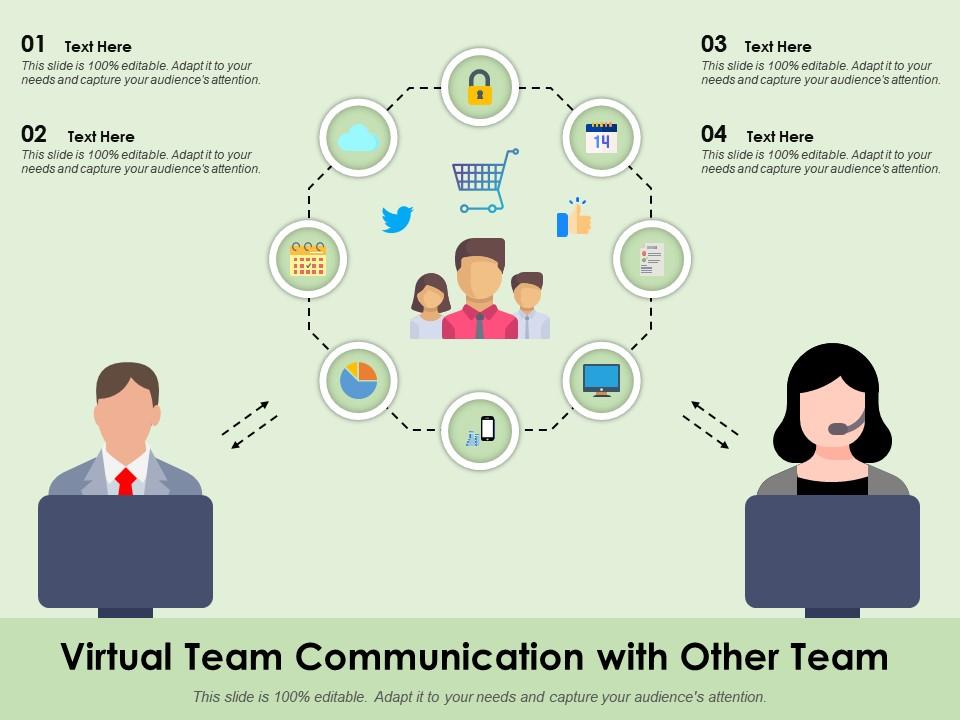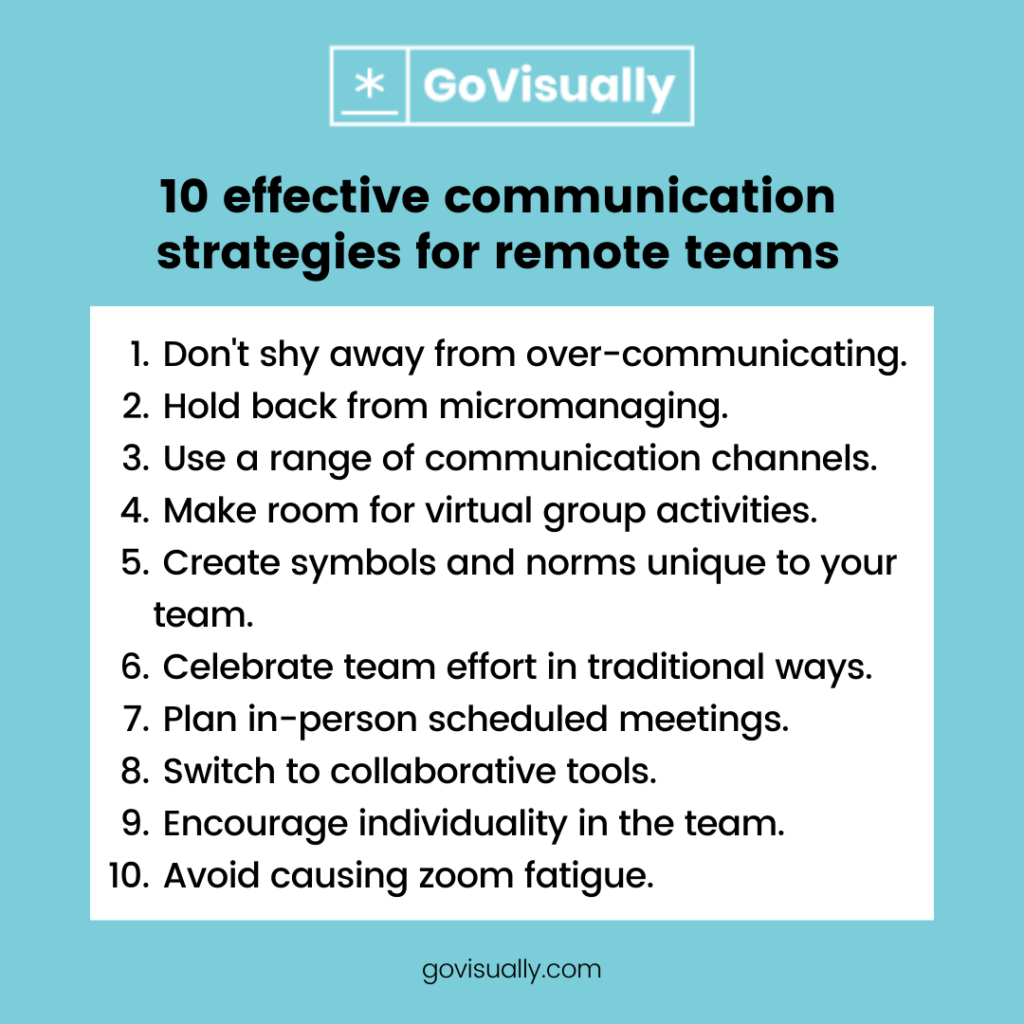How To Communicate Effectively In Virtual Teams

The rise of remote work has transformed the modern workplace, presenting both opportunities and challenges. Central to the success of any virtual team is effective communication, yet mastering this skill requires deliberate effort and strategic implementation.
This article explores key strategies for fostering clear and productive communication within virtual teams, drawing on insights from experts and industry best practices. Understanding these techniques is crucial for organizations seeking to thrive in an increasingly distributed world, allowing them to overcome geographical barriers and build cohesive, high-performing teams.
Establishing Clear Communication Channels
One of the fundamental building blocks of effective virtual team communication is the establishment of clear communication channels. Choosing the right tools for different types of communication is essential.
Email might be best for formal updates or detailed reports. Instant messaging platforms, like Slack or Microsoft Teams, are more suited for quick questions and collaborative discussions. Video conferencing is indispensable for team meetings and building rapport.
Defining Communication Protocols
Beyond selecting the appropriate tools, it’s crucial to establish clear communication protocols. This includes defining response time expectations, acceptable communication styles, and guidelines for using different channels.
For example, a team might agree that emails require a response within 24 hours, while instant messages should be acknowledged within an hour during work hours. Establishing these norms reduces ambiguity and prevents communication breakdowns.
Fostering Open and Transparent Dialogue
Open and transparent communication is paramount for building trust and cohesion within virtual teams. Leaders should actively encourage team members to share their ideas, concerns, and feedback openly.
Regular check-ins, both formal and informal, can help foster a sense of connection and provide opportunities for team members to voice their opinions. Creating a safe and inclusive environment where individuals feel comfortable expressing themselves is critical.
Active Listening and Empathy
Effective communication is not just about talking; it's also about listening. Encouraging active listening and empathy among team members can significantly improve understanding and collaboration.
Active listening involves paying close attention to what others are saying, asking clarifying questions, and summarizing key points to ensure comprehension. Showing empathy and understanding perspectives strengthens relationships and reduces misunderstandings.
Leveraging Technology for Enhanced Communication
Technology plays a vital role in facilitating communication within virtual teams. Utilizing project management software, such as Asana or Trello, can streamline task assignments, deadlines, and progress updates.
Collaborative document editing tools, like Google Docs or Microsoft Office Online, allow team members to work together in real-time, regardless of location. Investing in reliable technology and providing adequate training can significantly improve communication efficiency.
Addressing Time Zone Differences
A common challenge for virtual teams is managing time zone differences. Scheduling meetings at times that are convenient for the majority of team members is crucial.
Recording meetings and sharing them for those who cannot attend live ensures everyone stays informed. Being mindful of cultural differences in communication styles can also prevent misinterpretations and promote inclusivity.
Building Relationships and Trust
Ultimately, effective communication in virtual teams relies on building strong relationships and fostering trust. Encouraging informal interactions, such as virtual coffee breaks or online team-building activities, can help team members connect on a personal level.
Recognizing and celebrating individual and team achievements can boost morale and create a sense of camaraderie. Regularly soliciting feedback on communication effectiveness and making adjustments as needed demonstrates a commitment to continuous improvement.
By implementing these strategies, organizations can cultivate strong communication within their virtual teams, leading to increased productivity, improved collaboration, and greater overall success. The key is to be intentional, adaptable, and committed to fostering a culture of open and transparent communication.
